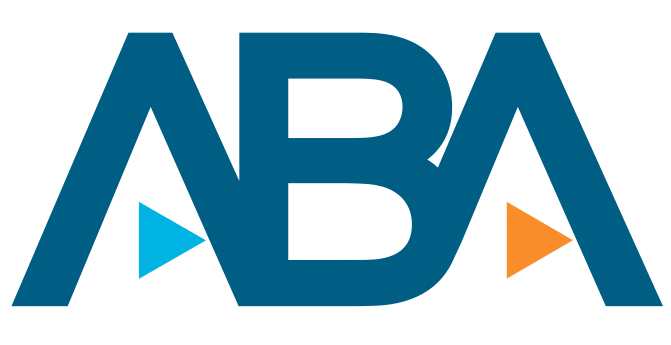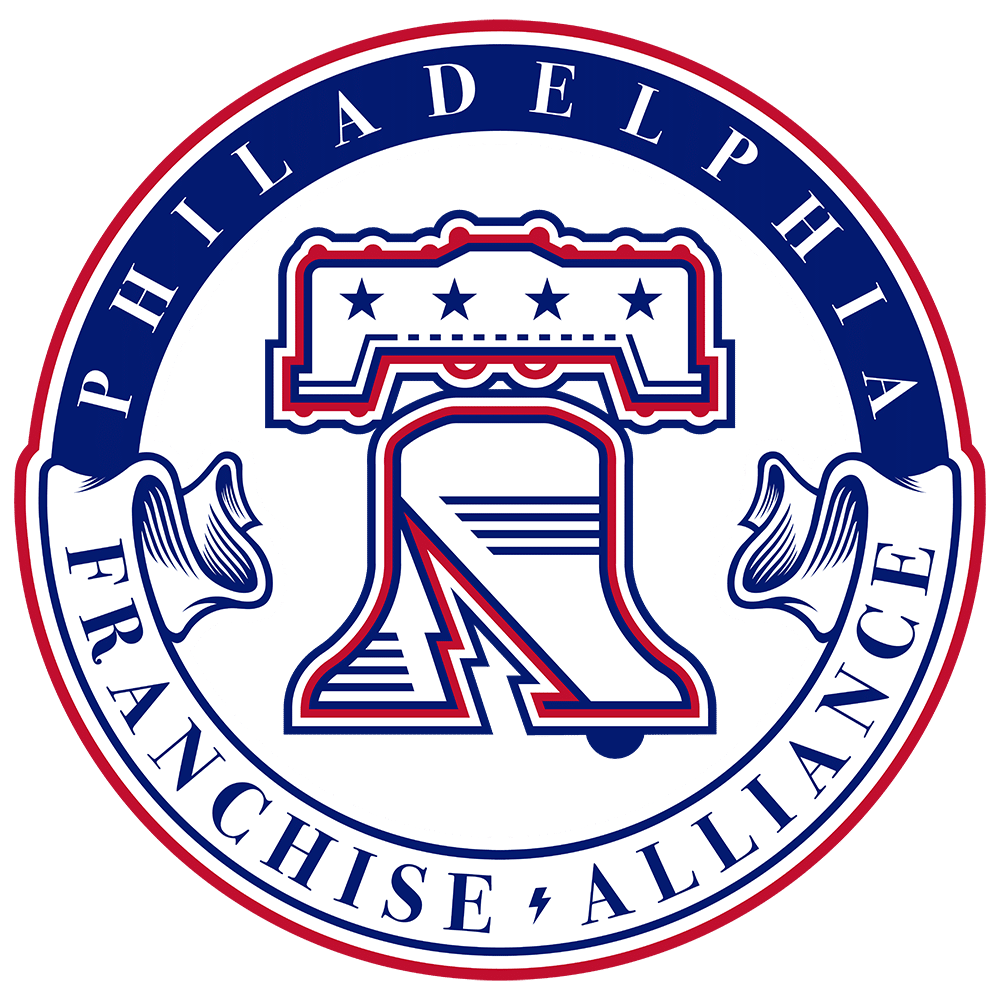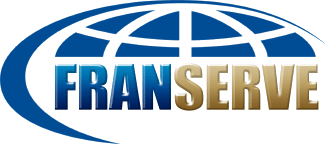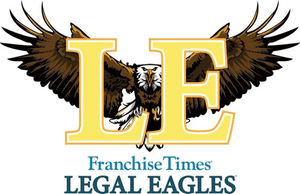Trademarks, Copyright and Patents. They Really Are Easy to Differentiate.
When you look at a restaurant menu, it is easy to differentiate between tacos, a pizza and a salad. They are all food, but they are significantly different in origin, preparation and ingredients. The same is true for patents, trademarks and copyright, but for some reason, even though these are all very different means of legal protections, they are often thrown into the same pot. Unlike eating a meal, these aren’t tangible things that every person thinks about every day, but you can bet almost every brand or service you see or use has one or more of these protections in place. If they don’t, they should. Here is why.
Think of the escalator you take at the mall to get from one floor to the next. Did you know that the company that created moving stairs –Escalator ® – gets no kick back from the use of the name that is now seen everywhere there are moving stairs? Escalator® brand moving stairs lost their trademark because they were not careful about how people referred to their product. Now, moving stairs are commonly referred to as “escalators” no matter who manufactures them and the company that held that valuable mark lost its rights to the protection the trademark gave.
But we are getting ahead of ourselves. Let’s define each term, explain how they’re registered, and then see if differentiating the three can be as simple as tacos, pizza and salad.
What Are Trademarks and Service Marks?

What Are Copyrights?
Copyrights are used to protect original expression, including literature, art, music, choreography, video games, CD-ROM’s, flow charts, articles and designs. Copyrights apply to the expression of an idea. For example, it is possible (and recommended) to copyright the words to a song, but it is not possible to copyright the ideas behind the song. Copyright law requires three criteria be met: the work must be original; it must be in a tangible form such as on paper, tape, disk, etc.; and it must be creative. What it isn’t is a logo, name or symbol. See the difference? Protecting copyrights is even easier than trademarks. You can claim copyright protection on a work prior to its publication by placing the copyright symbol (©), date of first publication and the name of the person or entity claiming the copyright. Copyrights last for the life of the author of the work plus 50 years. If the creator is a business, the copyright lasts between 75 to 100 years. That’s a long time!
What Are Patents?
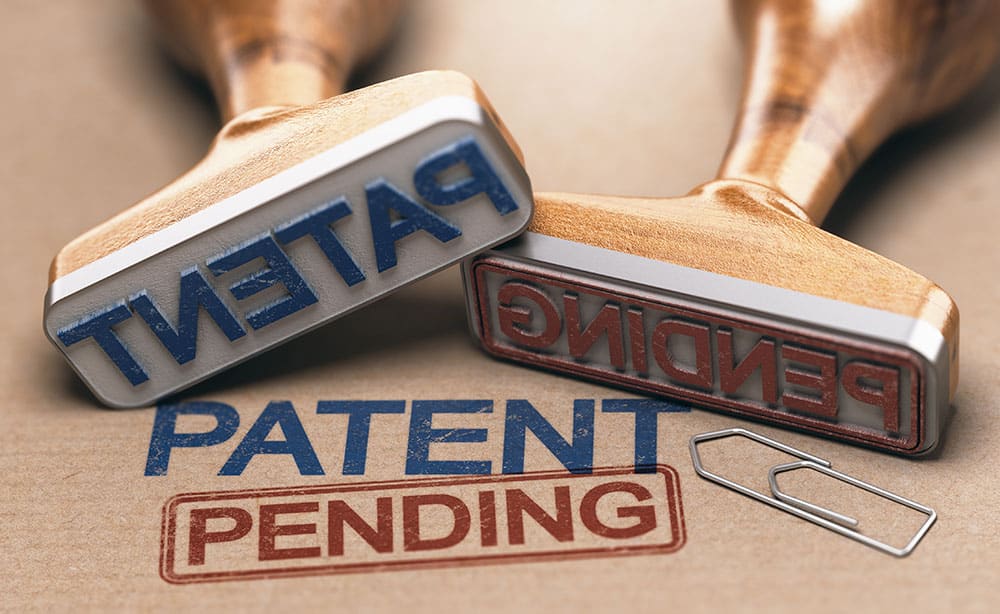
Think of marks, copyrights and patents as stamps, creative expressions and inventions. Three very different protections. Although businesses are often reluctant to spend the money on registration of their intellectual property, this property may turn out to be the company’s most valuable asset. Your intellectual property may be your organization’s key to success.


